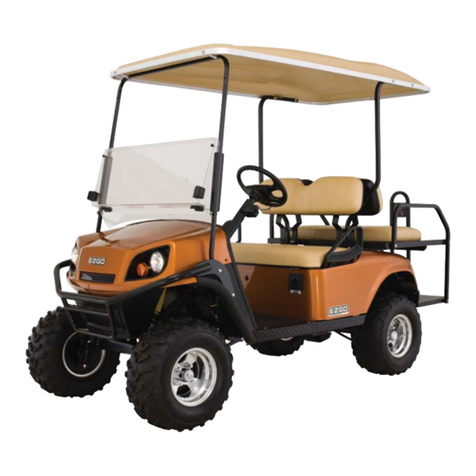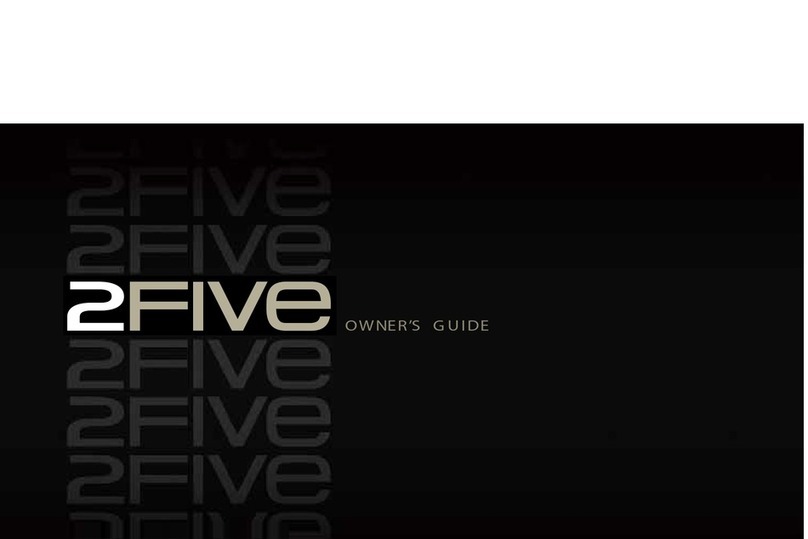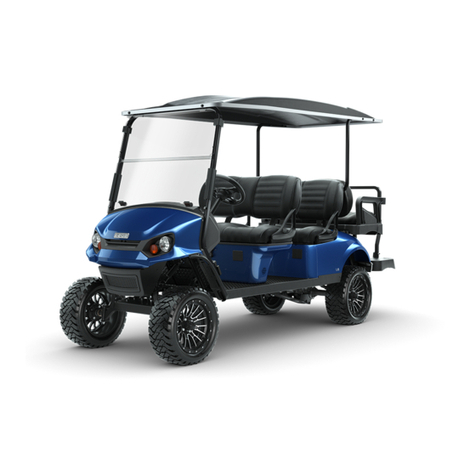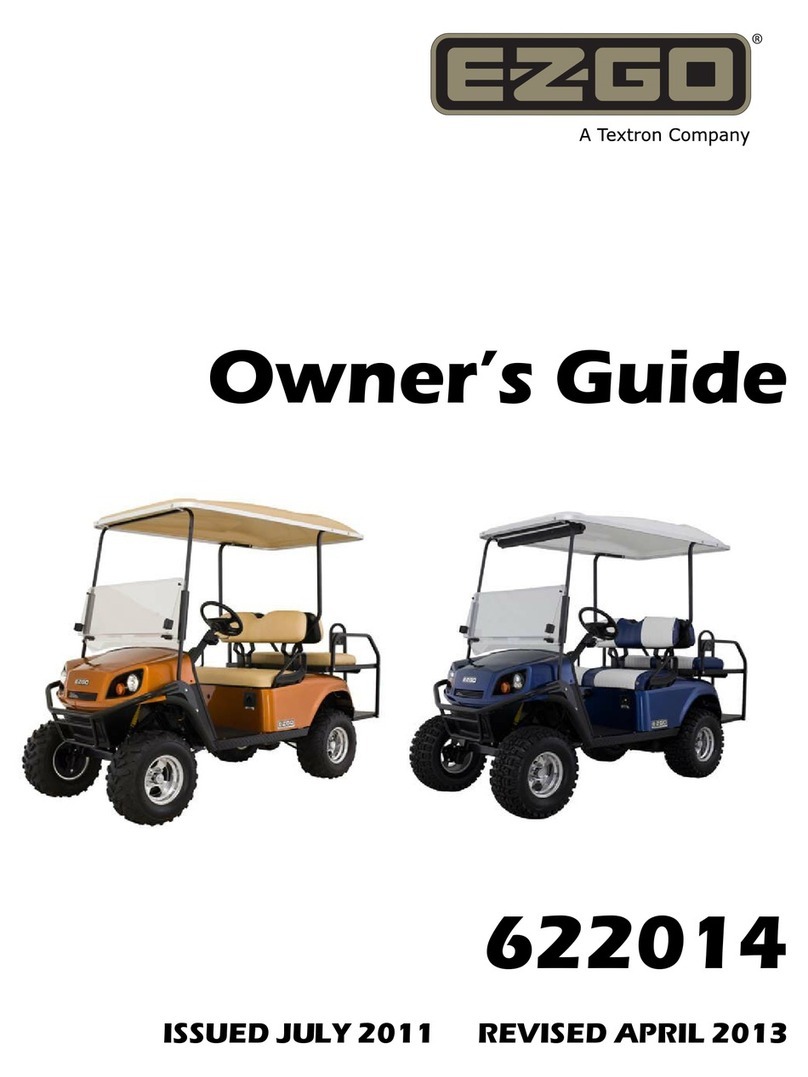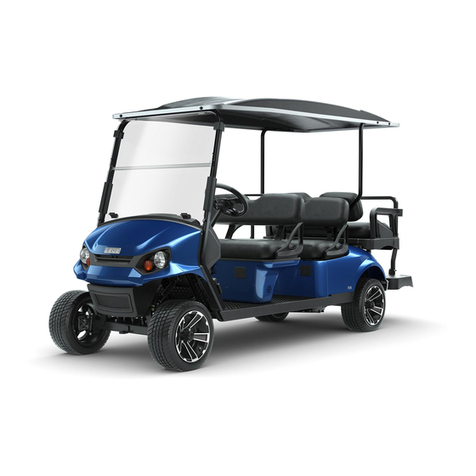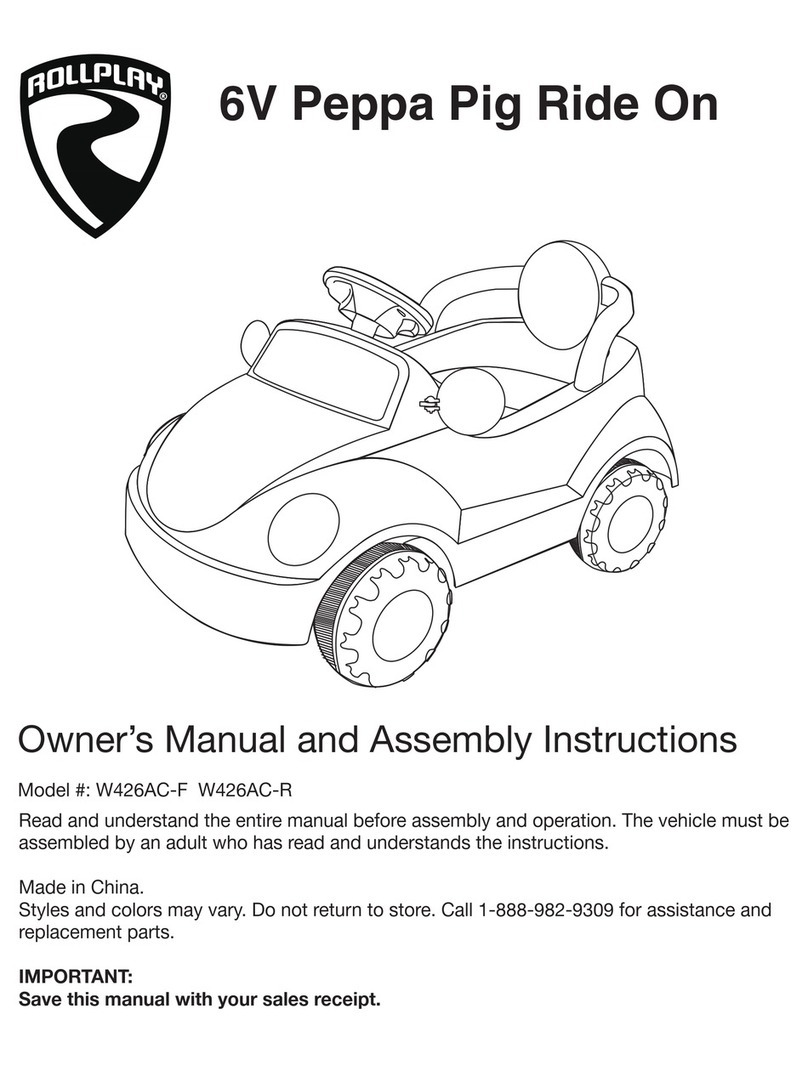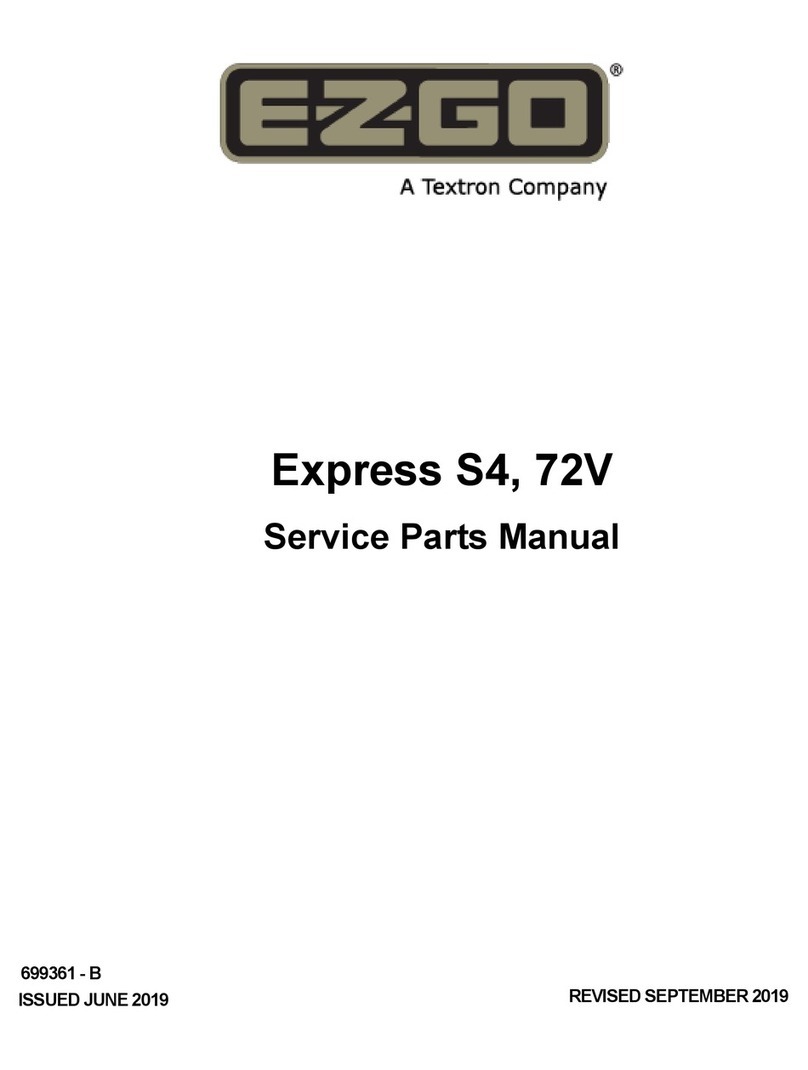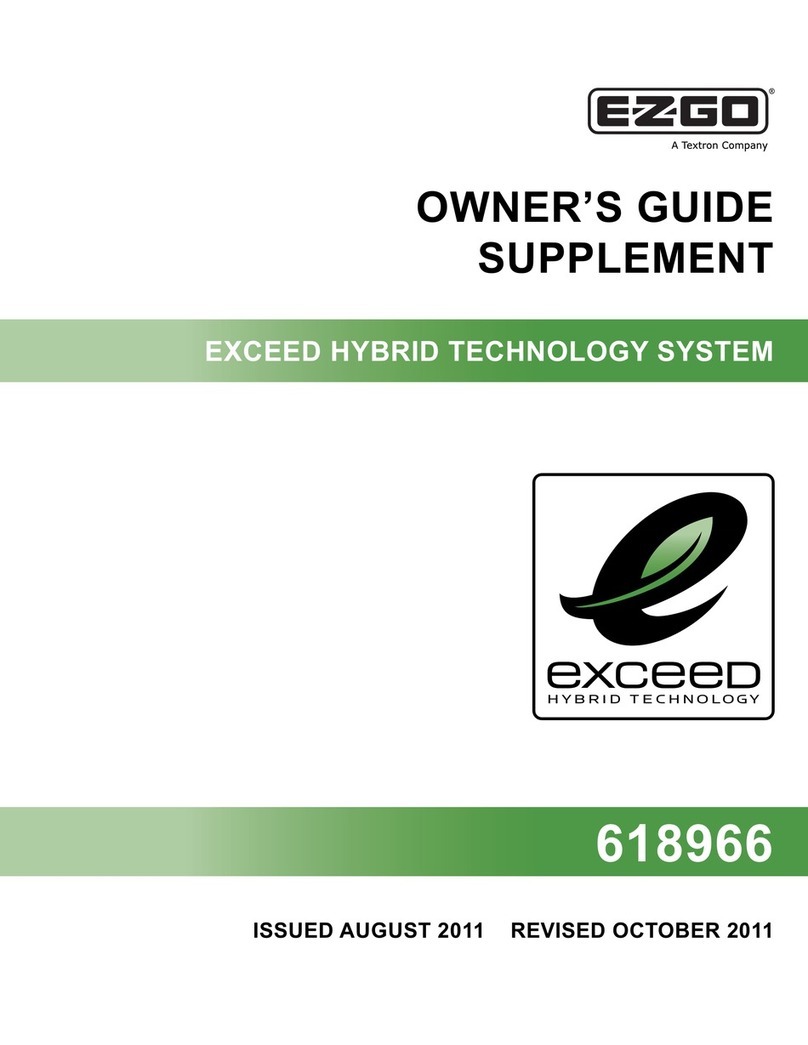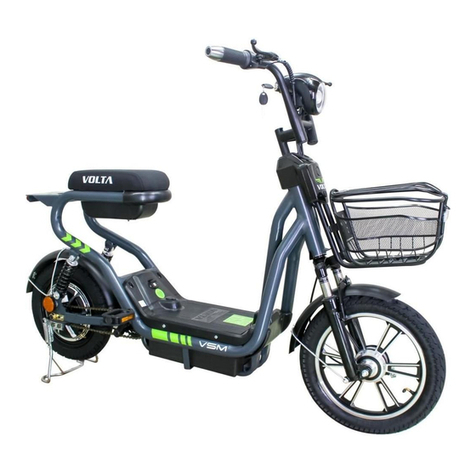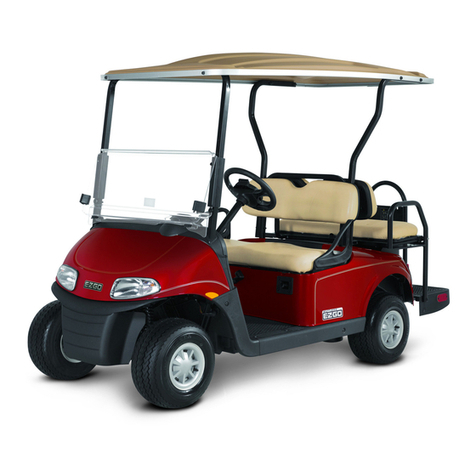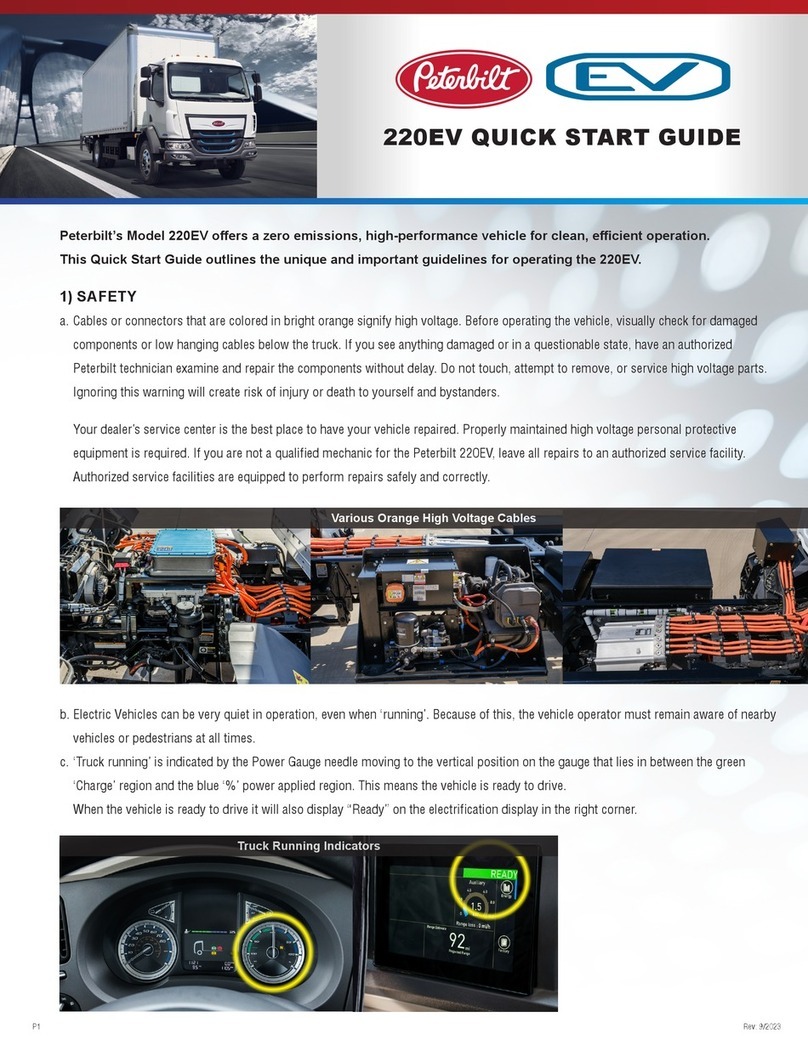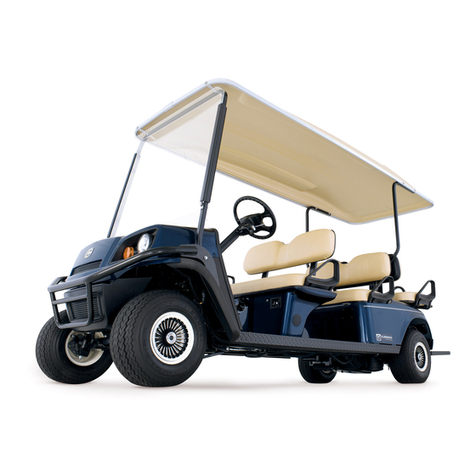
4
TABLE OF CONTENTS
Brake Pedal .....................................................................................................................................................18
Parking Brake Pedal ........................................................................................................................................18
ACCELERATOR PEDAL .........................................................................................................................................18
HIP RESTRAINTS ...................................................................................................................................................18
SEAT BOTTOM .......................................................................................................................................................18
GLOVE BOX / STORAGE COMPARTMENTS .......................................................................................................18
CHARGER RECEPTACLE .....................................................................................................................................18
CANOPY TOP AND WINDSHIELD (IF EQUIPPED) ..............................................................................................18
FLIP SEAT/LOAD DECK .........................................................................................................................................19
OPERATION
SAFETY ..................................................................................................................................................................21
BEFORE INITIAL USE ............................................................................................................................................21
PRE-RIDE INSPECTION ........................................................................................................................................21
ENVIRONMENTAL AWARENESS .........................................................................................................................22
BATTERY CHARGER .............................................................................................................................................22
PERFORMANCE FEATURES ................................................................................................................................22
Speed Control .................................................................................................................................................22
Pedal-Up Braking ............................................................................................................................................23
Walk-Away Feature .........................................................................................................................................23
Anti-Roll Back Feature ....................................................................................................................................23
Anti-Stall Feature .............................................................................................................................................23
High Pedal Disable Feature ............................................................................................................................23
Diagnostic Mode Feature ................................................................................................................................23
STARTING AND STOPPING THE VEHICLE .........................................................................................................24
Starting on a Hill ..............................................................................................................................................24
ACCELERATING ....................................................................................................................................................24
BRAKING ................................................................................................................................................................25
Coasting ..........................................................................................................................................................25
DRIVING WITH A PASSENGER ............................................................................................................................25
SLIPPERY SURFACES ..........................................................................................................................................25
DRIVING UPHILL ....................................................................................................................................................26
TRAVERSING HILLSIDES ......................................................................................................................................26
DRIVING DOWNHILL .............................................................................................................................................26
STALLING ON A HILL .............................................................................................................................................26
DRIVING IN REVERSE ...........................................................................................................................................27
PARKING THE VEHICLE ........................................................................................................................................27
HAULING CARGO ..................................................................................................................................................27
Maximum Cargo Load / Maximum Weight Capacity .......................................................................................28
FLIP SEAT/ LOAD DECK OPERATION .................................................................................................................28
VEHICLE MAINTENANCE
MAINTENANCE SAFETY .......................................................................................................................................29
SCHEDULED MAINTENANCE ...............................................................................................................................30
Severe Use Conditions ....................................................................................................................................30
SCHEDULED MAINTENANCE CHART ..................................................................................................................30
RECOMMENDED LUBRICANTS AND FLUIDS .....................................................................................................31
REPLACEMENT OF MAINTENANCE ITEMS ........................................................................................................31
LIFTING THE VEHICLE ..........................................................................................................................................32



